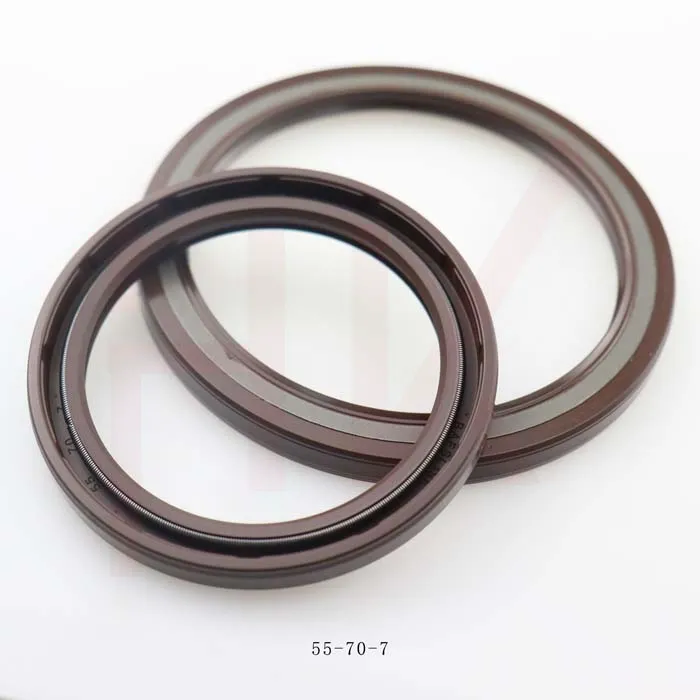නොවැ. . 27, 2024 14:41 Back to list
Hydraulic Cylinder Seal Kits Organized by Size for Easy Selection and Maintenance
Understanding Hydraulic Cylinder Seal Kits by Size
Hydraulic systems are indispensable in various industrial applications, and at the heart of these systems lies the hydraulic cylinder. The efficiency and reliability of these cylinders heavily depend on the quality of the seals used within them. Hydraulic cylinder seal kits, which contain various seals tailored for specific cylinder sizes, play a crucial role in ensuring the optimal performance of these systems. By understanding the significance of these seal kits and how to choose the right one based on size, users can enhance the longevity and efficiency of their hydraulic equipment.
What are Hydraulic Cylinder Seal Kits?
Hydraulic cylinder seal kits are collections of seals designed to prevent fluid leakage while allowing smooth operation of hydraulic cylinders. These kits typically include different types of seals—such as O-rings, rod seals, piston seals, and backup rings—each serving a specific purpose. These components work together to maintain pressure within the cylinder, protect against contaminants, and facilitate the movement of hydraulic fluid.
Importance of Proper Sizing
Choosing the right hydraulic cylinder seal kit based on size is critical for several reasons. Firstly, seals that are too large can lead to excessive friction, which may result in premature wear and tear, while seals that are too small may not provide a proper seal, leading to fluid leaks and decreased performance. Therefore, ensuring the correct fit is essential for maintaining system integrity and efficiency.
How to Measure for Hydraulic Cylinder Seal Kits
To select the appropriate seal kit, one must accurately measure the dimensions of the hydraulic cylinder. Key dimensions include
1. Bore Diameter The internal diameter of the cylinder, which accommodates the piston. 2. Rod Diameter The diameter of the rod that extends and retracts through the cylinder. 3. Cylinder Stroke The length of movement allowed by the piston, which impacts the overall length of seals required.
hydraulic cylinder seal kits by size

Using calipers or a micrometer to take precise measurements will help ensure that the selected seal kit fits perfectly
. Additionally, it’s crucial to note the type of hydraulic fluid used, as this can impact seal material selection.Types of Seal Materials
Choosing the right material is just as important as getting the size right. Common seal materials include
- Nitrile (NBR) Known for its excellent oil resistance, nitrile is widely used in hydraulic applications. - Polyurethane Offers high abrasion resistance and is suitable for harsh environments. - Fluoroelastomer (FKM) Ideal for high-temperature applications and aggressive fluids.
Each material has its own set of properties, so aligning seal material with the type of hydraulic fluid and operating conditions is vital for optimal performance.
Additional Considerations
Aside from size and material, it's also essential to consider the seal configuration and installation method. Some seals come with integrated features like grooves designed to enhance their sealing abilities or special shapes to fit specific types of cylinders. Users should ensure they understand the installation process to avoid damaging the seals, as improper installation can lead to leaks and system failures.
Conclusion
Hydraulic cylinder seal kits significantly contribute to the efficiency and longevity of hydraulic systems. By focusing on the correct sizing, material selection, and proper installation, users can ensure their hydraulic cylinders operate smoothly and effectively. Regular maintenance and inspections of seals can prevent costly downtime and prolong the lifespan of hydraulic equipment. Investing in high-quality seal kits tailored to specific sizes not only enhances performance but also safeguards against potential operational failures, making them a vital component in any hydraulic system.
-
The Trans-formative Journey of Wheel Hub Oil Seals
NewsJun.06,2025
-
Graphene-Enhanced Oil Seals: Revolutionizing High-Pressure Oil Sealing
NewsJun.06,2025
-
Future of Hydraulic Sealing: Advanced Intelligent TCN Oil Seals
NewsJun.06,2025
-
Don’t Let a Broken TCV Oil Seal Ruin Your Day
NewsJun.06,2025
-
Bio-Inspired Dust Seals for Better Sealing Performance
NewsJun.06,2025
-
Biodegradable and Sustainable Hydraulic Seal Materials
NewsJun.06,2025
-
Top Oil Seal Solutions for Your Industrial Needs
NewsMay.22,2025
Products categories
















